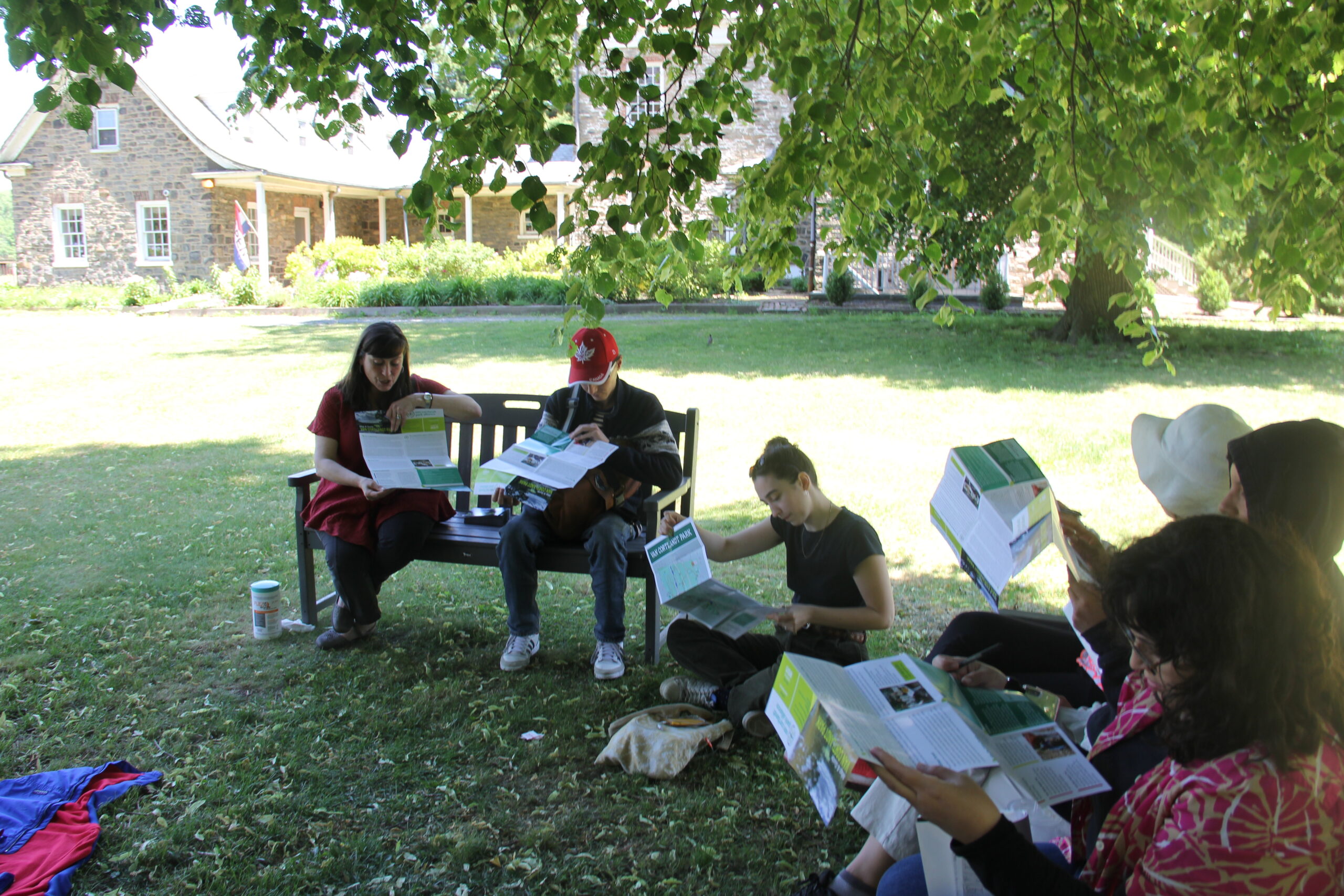Insightful urban design can enhance social interaction, create more user-friendly public space, and respond to evolving urban conditions. Ethnographic methods can help Urban Designers capture the meaning behind basic behaviors to identify needs and understand how and why people use spaces. But insight-driven design is slow. Project deadlines and budgets can prevent a designer from spending the time needed to understand community nuance or the dynamics of various social interactions the way a traditional anthropologist can.
Can we use human centered design — a process that uses applied ethnography to uncover human needs and strengthen relationships between users and a place or product — to enhance the public realm and our cities open spaces?
Trained as an anthropologist and urban planner, I find this to be a challenge in practice. As we talk more about strengthening the relationship between open spaces and people, it is important to enable urban practitioners the use of lighter ethnographic methods for urban design and planning projects. My company, 3×3 Design, was asked to develop a programming concept and brand for a public space activation series that connected and transformed a series of privately owned public spaces (POPS) along the Water Street corridor. The idea was to turn these spaces into a social destination for employees of Lower Manhattan as part of a larger initiative to revitalize Water Street, improve connectivity, and stimulate economic development for the area.
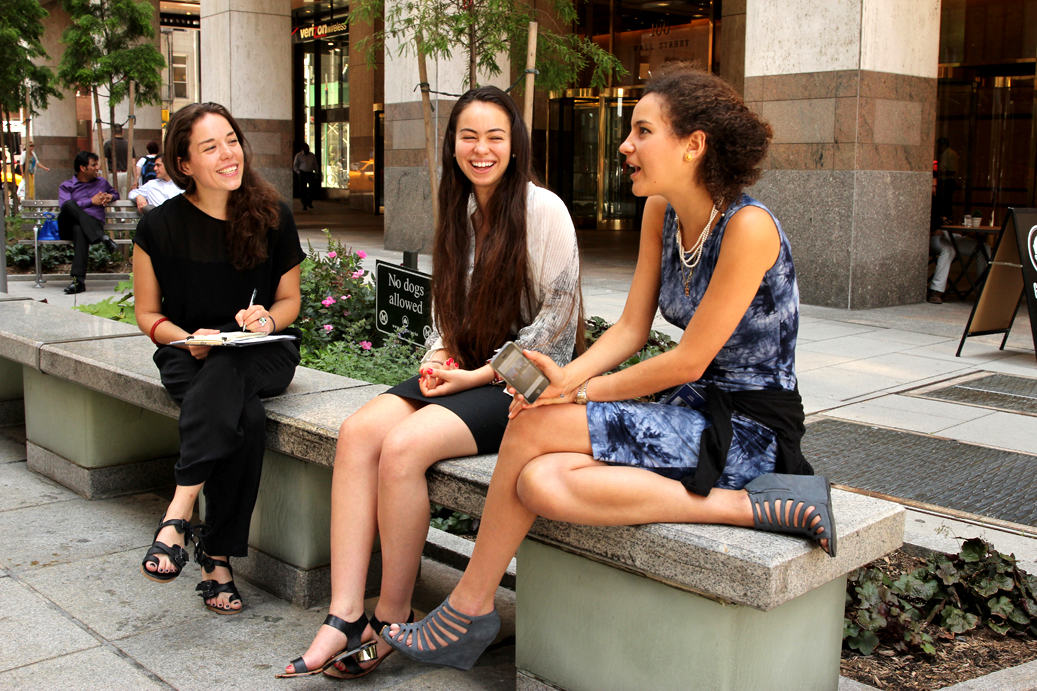
Interviewing Lower Manhattan Employees to capture stories, information, and ideas.
To inform the concept we conducted participant observation, behavioral mapping, and targeted pedestrian interviews to understand people’s current perceptions and desires for Lower Manhattan’s open spaces. This allowed us to uncover local assets and stories for the public space programming and place-based identity: Game On! Water St. By tapping into people’s desires for the area, observing how people used space, and capturing how they wished to use space, we pinpointed gamification as a strategy for engaging employees on Water St. and enhancing social connectivity along the corridor. Launched during Summer 2014, the programming series will activate Water Street again this Summer employing a series of neighborhood block parties between Old Slip and Water Street.
While we must always consider the physical condition of spaces, we need to create more opportunities for designers to use tools and methods to observe and ask questions about the rational behind people’s activities in the public realm. From there we will be one step closer to designing more human-centered places.
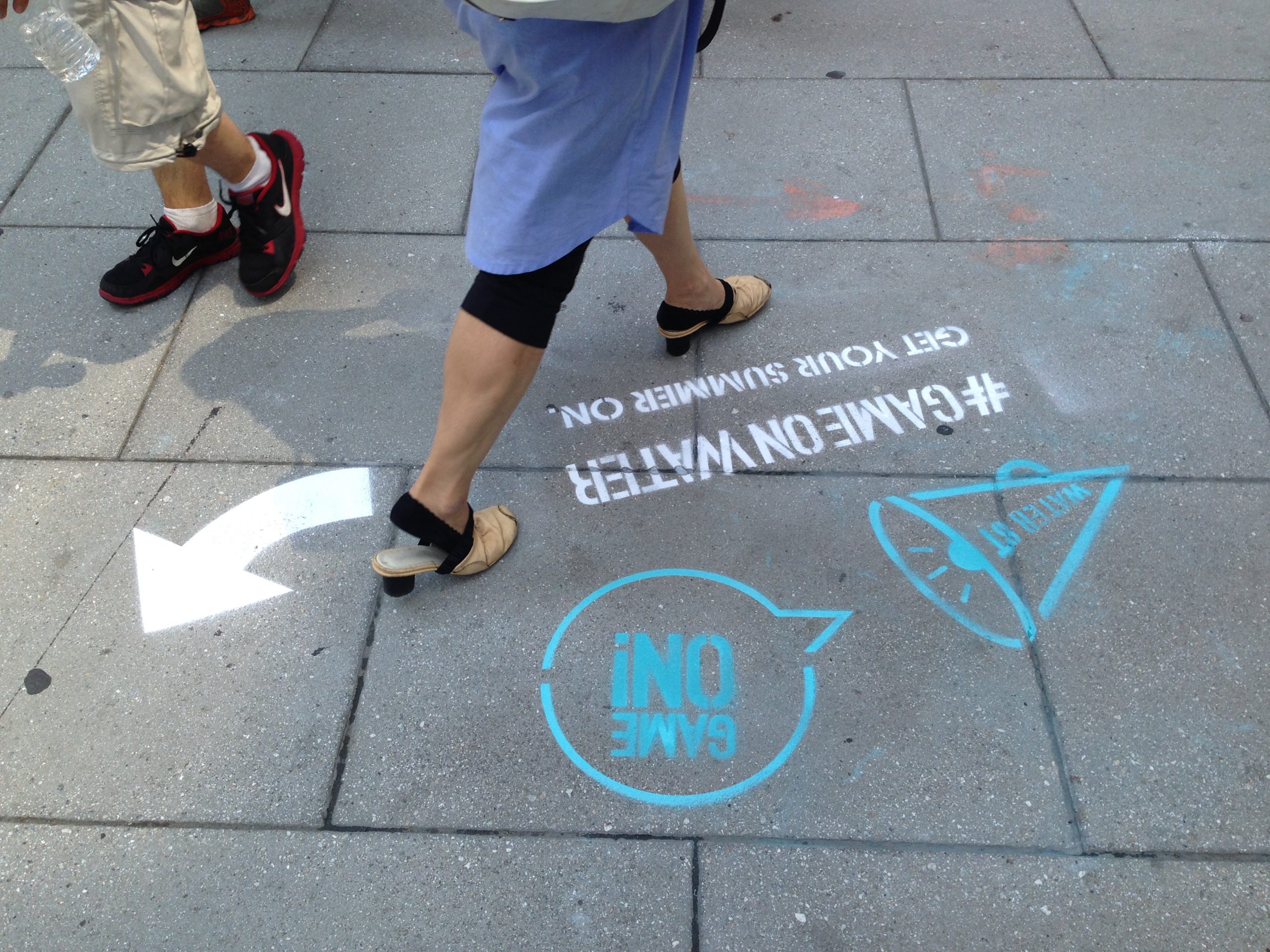
The Game On! Brand became the identity, wayfinding, and call to action for Lower Manhattan employees on Water St.
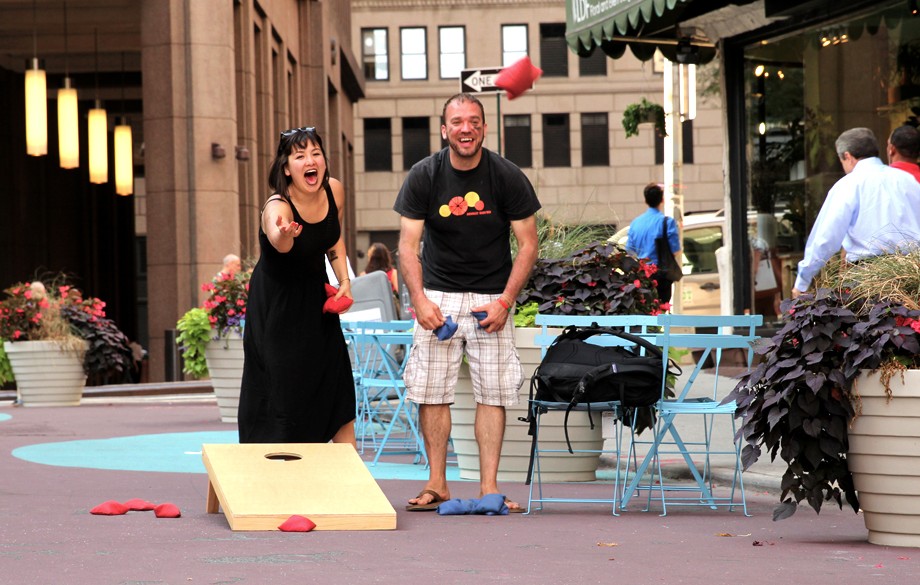
3×3 conceptualized the interactive summer series using several interviewer’s childhood memories about playing in public spaces in Lower Manhattan.
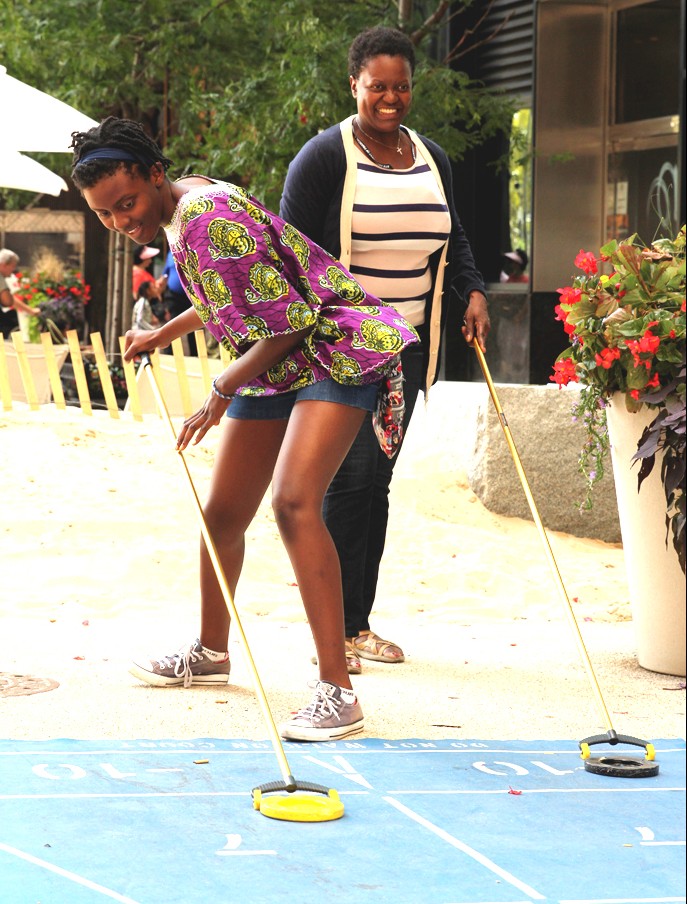
3×3 captured desires to bring recreation to Water St. Transforming an “all work no play” corridor into a “work and then play” corridor.
Vanessa Monique Smith
is the Research & Outreach Director and founding partner at 3×3. She elicits human insights in varied contexts to expand existing economies and services alongside urban growth. Prior to 3×3, she led program development and research initiatives at UN-HABITAT, the City of Chicago, and El Ministerio de Educación, Cultura y Deporte. She has partnered across sectors and conducted extensive outreach for entrepreneurialism, and livelihood and cultural programs in Chicago, Madrid, Rio de Janeiro, and New York. Vanessa has lectured at IlT School of Design and Columbia University. She was an Institute for Latin America Fellow and a William Kinne Post-Graduate Recipient for her work in Rio surrounding social network analysis and new stakeholder engagement tools. Vanessa holds an MS in Urban Planning from Columbia University and an AB honors in Anthropology from the University of Chicago.


